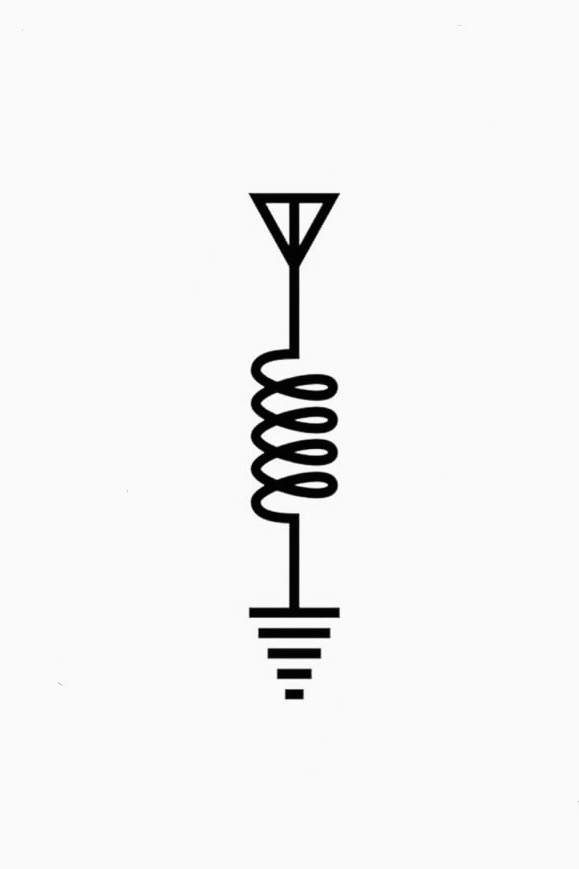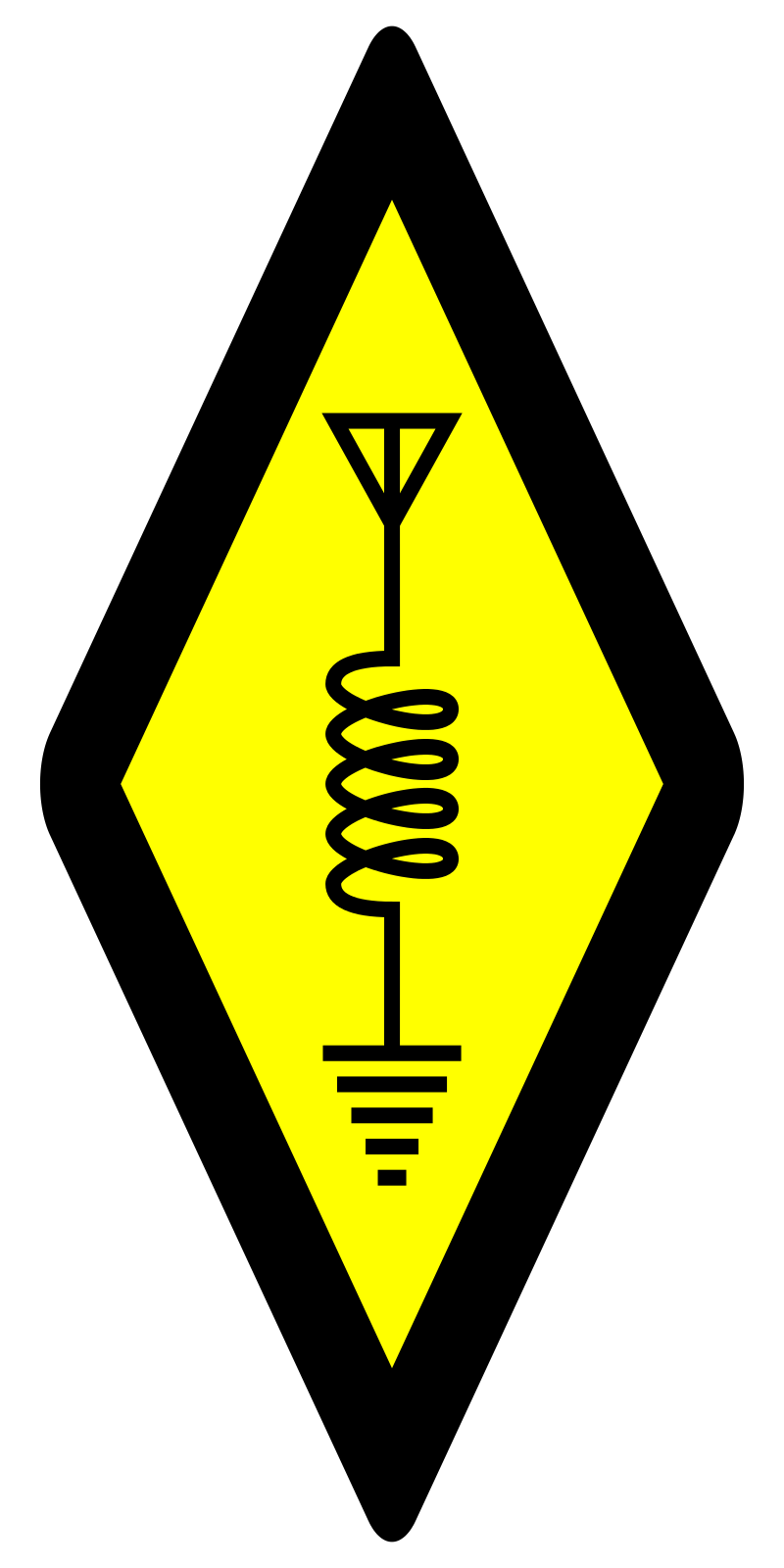

I’ve been to SCS’s website and it seems… incomplete? It was on mobile so maybe that makes a difference but with how often I’ve seen it recommended I was surprised to see a site which did not look done. Did I miss something on their site?


I’ve been to SCS’s website and it seems… incomplete? It was on mobile so maybe that makes a difference but with how often I’ve seen it recommended I was surprised to see a site which did not look done. Did I miss something on their site?


The article was interesting, and spent vastly more time discussing the practical aspects of statistical analysis; it uses a great, and relatable, real-world example to showcase how statistics can be useful, or where it can be led astray.
I stay awake all day to punish myself for not sleeping at night.


Onno, you’re spot-on, we are troubleshooters.
When I was fiddling with my first self-built antenna last year, the first problem I had to contend with was design selection, then materials, and all the discrete steps through erecting the antenna—which itself posed some issues when at first the mast was too short, and then again when a taller mast attenuated the signal (carbon fiber) if the antenna got too close to the mast.
The troubleshooting process was always rewarded with the end goal of two-way comms.
I regret that you you are right. Nothing’s been the same since Harambe.


I had been looking for remote testing since about 2018 because personal circumstances had me moving about quite a bit. Possibly there were some options back then, but I had not been able to find it; Covid certainly made that widely available. As soon as I had discovered it, I booked my appointment and studied/memorized.
Covid was a tough time for many, and a tragedy for others. I am thankful for folks, like you, who worked during that difficult global time, to ensure access to food went basically uninterrupted.


Are you eligible for a US license? HamStudy.org and study for the Technician’s license. Memorize the answers. Then when you are passing practice exams with a solid 80% or better, schedule your remote exam through the HamStudy website, take it, then get on the air.
I did my Tech from a beachside resort in the Philippines during the peak of the pandemic.
You can do it!


They’re letting the terrorism button cool off a bit, considering its basically not been let up since September 2001.
My pleasure! Depending on the local topography and your level of motivation, you may consider using a GMRS repeater, if it makes sense. You might keep it at the lodge, or in your vehicle. But it’s value is only realized if your repeater is between you and your friends.
This is a great question. There is generally a null point which extends from the top of the antenna such that if you were to point the tip of the antenna at some distant receiver, the signal would be greatly attenuated. It’s not eliminated completely for the same reason if someone is yelling but not facing you; signals can bounce or bleed around and still be intelligible.
When I think about antennas, I like to imagine a donut: 🍩, the antenna extends through the center and the actual donut is the radiation pattern. This is good for mental modeling, but in application there are more things which influence radiation patterns. It’s still a good start.
When an antenna is placed on its side, the closer it is to the ground, the more of its energy is directed into the ground (or it may reflect back and nullify signal coming from the antenna), but for handheld radios (which are most likely VHF or UHF), having sufficient line of sight is what’s needed to have the system work properly, and where one needs to occasionally go through walls or other simple obstructions, a little more power can be helpful.
When skiing as you mentioned, have you been having any difficulty communicating with others in your current setup?


I had a fairly “traditional” vision of sitting at the radio in the evening and spinning the dial to make contacts, maybe a net or two, and maybe a ragchew—what about, I haven’t the foggiest. Medical procedures, I think is what it’s supposed to be.
As I started evaluating the gear I wanted vs the gear I needed, including the gear I hauled up a couple of hilltops in the mountains, I quickly discovered it’s a huge pain to carry the IC-7300 in addition to the telescoping mast, coax, 20aH LiFePo4, and guy wires for the additional 90W.
I do enjoy making SSB contacts, but what I’ve found is that I really enjoy making the distance, and what I need is a suitable mode on a lightweight, low-power radio and a modest antenna setup. Honestly though I’ll probably still haul up the telescoping mast, as I really like my twinlead j-poles.
Digital modes are a delight, but doesn’t give me enough of the human touch, and SSB on 10W is tough to cut through pileups. So now I need to add CW.
I went from desktop rig with permanent antenna to expedient low-power ops in about a year.


I would care! I find non-terrestrial radio emissions interesting and would instantly recognize a waterfall display and be eager to explain to my companions.
For a monoband, they’re quite versatile. I feel one of their best qualities is that they can be rolled up, and still get excellent performance. Another quality is that they are balanced; it almost seems like magic.
E: to be clear, they’re useless when rolled up, I mean they can either be rolled up, and when unfurled and held aloft they work wonderfully.
It’s a great time to be on 10m. My first QSOs went ~1200mi and I was only using a 1/4-wave CB mag mount whip on my car; imo the real fun is on 20m; from New Mexico I was making QSOs with Indonesia on SSB.
Follow your interests, you’re going to have a great time.
This is such a fun time!
Lots of good advice here. Bear in mind that multi-band antennae often have tradeoffs in terms of SWR.
Depending on how industrious you’re feeling, I’ve found tremendous success with a homebuilt vertical monoband ladder line j-pole. KB9VBR has an excellent build video. Downside is that on 20m, you’ll want a mast at least as long as the length of the antenna, but if it’s impractical, you can keep the radiating element vertical and the matching section horizontal, and even then if that’s not possible, the entire antenna can be horizontal.
Welcome to amateur radio!


I’m gonna run up my new wire and try and hunt on 10W!


I went all-in on designing one myself, but used lots of examples to form mine.
Ultimately the things you need on your card are simple: callsigns, band, time, and signal report.
Doesn’t have to be fancy or elaborate. Even a minimalist card is unique in its own regard.
On the other hand, you can hire a graphic designer, give them some examples, and let them go at it.
Amateur radios typically transmit and receive from 1-50MHz, on various modulation modes (as OP mentioned). If you’d like to get a preview, check out the Utah WebSDR: http://websdr2.sdrutah.org:8902/index1a.html?tune=14290usb
I’ve linked you to the 20 meter band, which is pretty active 24/7. Wh it’s nighttime in the US, you can listen to Amateurs making international contacts. See some of my other posts in my history to get a visual on range.
It’s manufactured attention demand. The same thing happened in November 2020.
We had a nice four year break and we’re right back at it.